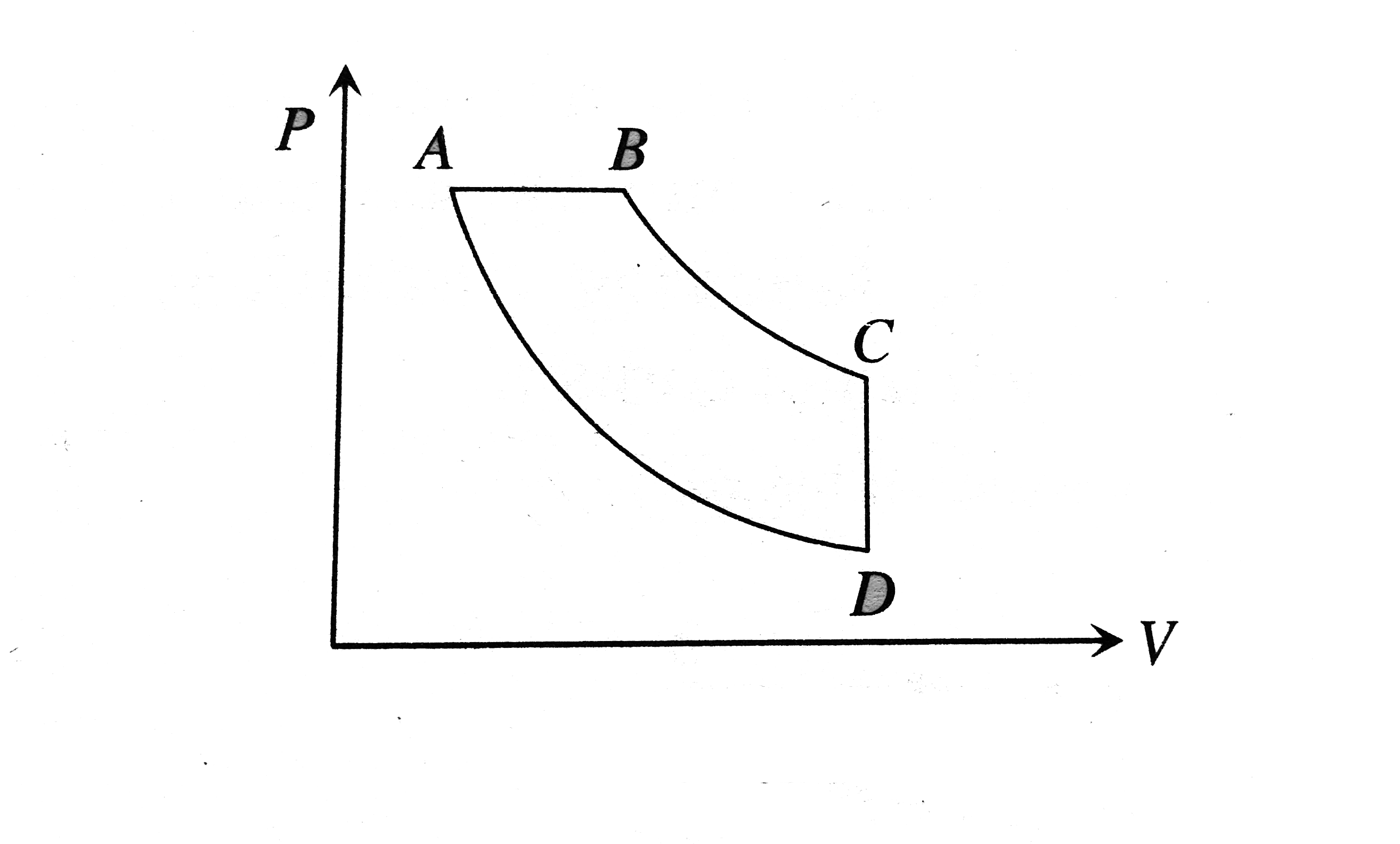Isotopes and Isobars
Step-by-Step Text Solution:
Step 1: Define Isotopes
Isotopes are atoms of the same element that have the same atomic number but different mass numbers. The atomic number (Z) represents the number of protons in the nucleus, while the mass number (A) is the total number of protons and neutrons.
Step 2: Characteristics of Isotopes
- Same element: The chemical identity remains unchanged.
- Different mass numbers: This is due to the variation in the number of neutrons.
Example of Isotopes:
- Hydrogen has three isotopes:
- Protium (¹H) with mass number 1 (1 proton, 0 neutrons)
- Deuterium (²H) with mass number 2 (1 proton, 1 neutron)
- Tritium (³H) with mass number 3 (1 proton, 2 neutrons)
Step 3: Define Isobars
Isobars are atoms of different elements that have the same mass number but different atomic numbers. This means they have different numbers of protons and, consequently, different elements.
Step 4: Characteristics of Isobars
- Different elements: The chemical identity is different.
- Same mass number: This is due to the total number of protons and neutrons being equal.
Example of Isobars:
- Calcium (Ca) and Argon (Ar) are isobars:
- Calcium has an atomic number of 20 and a mass number of 40.
- Argon has an atomic number of 18 and also a mass number of 40.
Step 5: Summary of Differences
- Isotopes: Same atomic number, different mass numbers (same element).
- Isobars: Different atomic numbers, same mass numbers (different elements).
Isotopes are atoms of the same element that have the same atomic number but different mass numbers. The atomic number (Z) represents the number of protons in the nucleus, while the mass number (A) is the total number of protons and neutrons.
- Same element: The chemical identity remains unchanged.
- Different mass numbers: This is due to the variation in the number of neutrons.
Example of Isotopes:
- Hydrogen has three isotopes:
- Protium (¹H) with mass number 1 (1 proton, 0 neutrons)
- Deuterium (²H) with mass number 2 (1 proton, 1 neutron)
- Tritium (³H) with mass number 3 (1 proton, 2 neutrons)
Isobars are atoms of different elements that have the same mass number but different atomic numbers. This means they have different numbers of protons and, consequently, different elements.
- Different elements: The chemical identity is different.
- Same mass number: This is due to the total number of protons and neutrons being equal.
- Calcium (Ca) and Argon (Ar) are isobars:
- Calcium has an atomic number of 20 and a mass number of 40.
- Argon has an atomic number of 18 and also a mass number of 40.
- Isotopes: Same atomic number, different mass numbers (same element).
- Isobars: Different atomic numbers, same mass numbers (different elements).
Similar Questions
Knowledge Check
The set which repesents the isotope , isobar and isotone respectively is
A(.21H,.31H),(.19779Au,.19880Hg)and(.32He,.21H)B(.32H,.11H),(.19779Au,.19880Hg)and(.11He,.31H)C(.32H,.31H),(.21H,.21H)and(.19779Au,.19880Hg)D(.21H,.31H),(.32He,.31H)and(.19779Au,.19880Hg)
Isotopes have
View SolutionStructure of an atom|Class 9|Bohr's model|electronic configuration|valency|Isotopes|Isobars
View SolutionExplain with examples (i) Atomic number, (ii) Mass number, (iii) Isotopes and (iv) Isobars. Give any two uses of isotopes
View SolutionWhat do you understand by isotopes, isobars and isotones? Explain with illustrations.
View SolutionA and B are isotopes. B and C are isobars. All three are radioactive. Which one of the following is true.
View SolutionDefine isotopes and give an example
View SolutionIn the following pressure-volume diagram, the isochoric, isothermal and isobaric parts, respectively, are

View Solution
